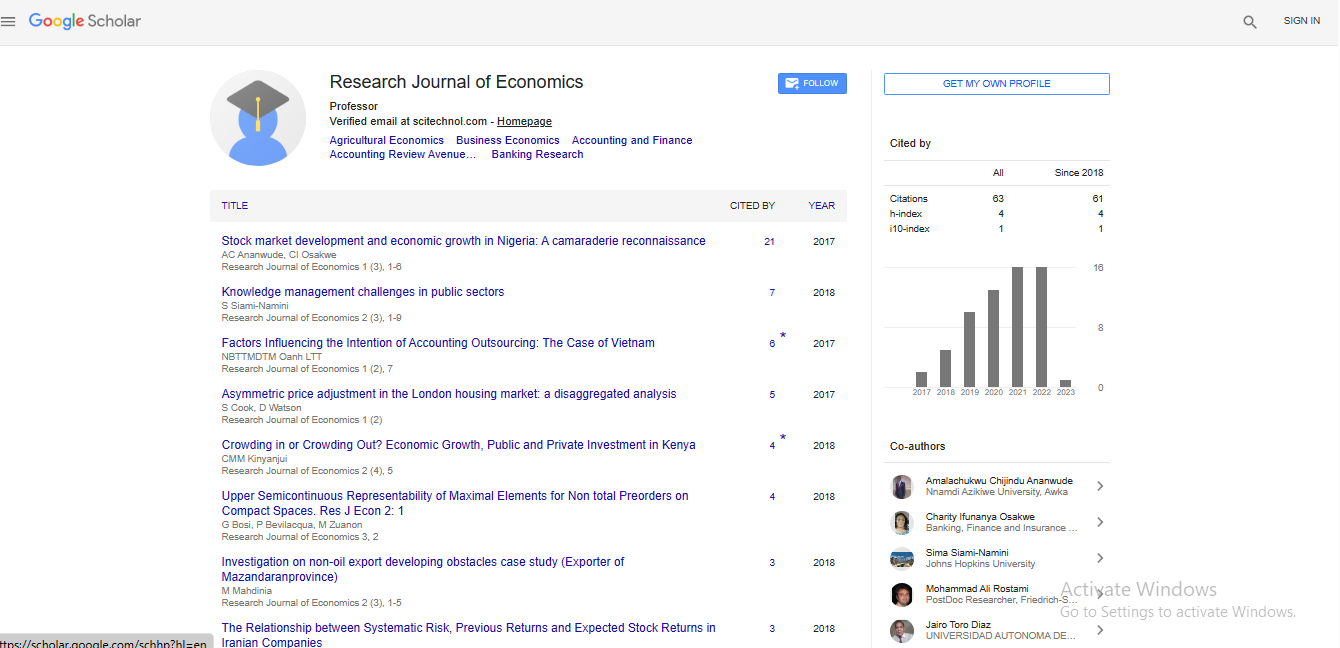Short Communication, Rje Vol: 5 Issue: 9
Smoking Behaviors and Expenditures among Middle- Age and Elderly Chinese: Implications for policy
Author Name: Chihua Li
Abstract
Smoking is the leading public health issue in China. It is unknown how heavy the financial burden of cigarette smoking is in China at the family level. A better understanding of people’s smoking characteristics and spending patterns may generate important information for health policy and intervention. We used the China Health and Retirement Longitudinal Study (CHARLS) for 2011 and 2015 to examine this question. Among 14556 participants from the 2011 baseline survey, we examined their smoking behaviors, including age of starting and quitting smoking, number of cigarettes smoked per day, and price per pack of cigarettes purchased. We calculated smoking expenditures and compared these to total family expenditures and to household food expenditures. We estimated the number of current smokers and their smoking expenses nationwide. In 2011, 51.3% of men (n=3193) and 3.5% of women (n=360) were current-smokers. The average age men started smoking was 22 and women was 30. Men smoked 18.9 cigarettes/day and women 12.9 cigarettes/day. Men on average used 11.8% of their family expenditures for smoking and women 7.4%. The proportion of men who spent more money on smoking than the family spent on food was 12.0% overall and 35.0% among men from families below the poverty line. There were 104 million active smokers aged over 45 years in China who consumed about 700 billion cigarettes. They spent about 195 billion RMB on smoking. Over 11 million men spent more on smoking than their family spent on food. The patterns were similar using 2015 CHARLS data. Large economic benefits could be obtained from smoking cessation, especially by men from poor families. While interventions are needed to encourage smoking cessation among men, policymakers should not overlook the need to prevent smoking initiation among women.
Introduction
Smoking is the leading public health issue in China. It is unknown how heavy the financial burden of cigarette smoking is in China at the family level. A better understanding of people’s smoking characteristics and spending patterns may generate important information for health policy and intervention. We used the China Health and Retirement Longitudinal Study (CHARLS) for 2011 and 2015 to examine this question. Among 14556 participants from the 2011 baseline survey, we examined their smoking behaviors, including age of starting and quitting smoking, number of cigarettes smoked per day, and price per pack of cigarettes purchased. We calculated smoking expenditures and compared these to total family expenditures and to household food expenditures. We estimated the number of current smokers and their smoking expenses nationwide. In 2011, 51.3% of men (n=3193) and 3.5% of women (n=360) were current-smokers. The average age men started smoking was 22 and women was 30. Men smoked 18.9 cigarettes/day and women 12.9 cigarettes/day. Men on average used 11.8% of their family expenditures for smoking and women 7.4%. The proportion of men who spent more money on smoking than the family spent on food was 12.0% overall and 35.0% among men from families below the poverty line. There were 104 million active smokers aged over 45 years in China who consumed about 700 billion cigarettes. They spent about 195 billion RMB on smoking. Over 11 million men spent more on smoking than their family spent on food. The patterns were similar using 2015 CHARLS data. Large economic benefits could be obtained from smoking cessation, especially by men from poor families. While interventions are needed to encourage smoking cessation among men, policymakers should not overlook the need to prevent smoking initiation among women.
 Spanish
Spanish  Chinese
Chinese  Russian
Russian  German
German  French
French  Japanese
Japanese  Portuguese
Portuguese  Hindi
Hindi 